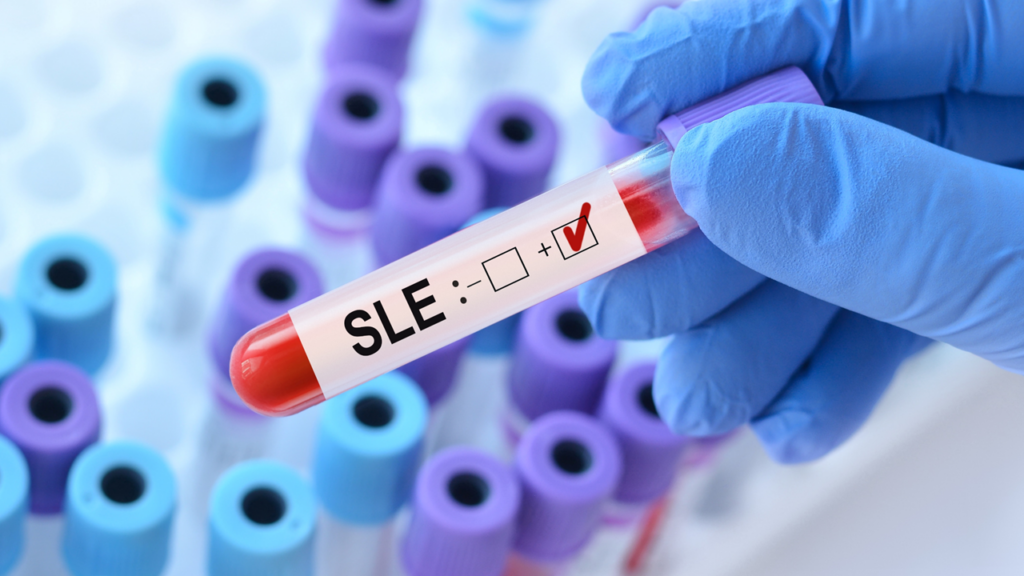Viatris Inc. has announced promising Phase IIb results for cenerimod, an investigational drug targeting immune system dysfunction in moderate-to-severe systemic lupus erythematosus (SLE). SLE is an autoimmune disease where the immune system attacks healthy tissues, causing inflammation, pain and potential organ damage. Cenerimod modulates the immune response, reducing inflammation and preventing the production of harmful autoantibodies.
The SLE treatment landscape is increasingly competitive, with over 120 companies advancing therapies in Phase III, including obinutuzumab (Roche), deucravacitinib (Bristol Myers Squibb) and dapirolizumab pegol (UCB and Biogen).
The Phase IIb study results, published in Lancet Rheumatology, showed that cenerimod 4 mg significantly improved disease activity compared to placebo in adults with moderate-to-severe SLE. These results further support the ongoing Phase III Oral S1P1 Receptor ModUlation (OPUS) program, which aims to evaluate the drug’s broader potential in treating SLE.
Cenerimod, acquired through collaboration with Idorsia Pharmaceuticals, is a selective sphingosine-1-phosphate (S1P1) receptor modulator. It regulates immune cell trafficking, preventing harmful immune cells from accumulating in tissues while reducing pro-inflammatory cytokines and autoantibodies. Other investigational drugs, like upadacitinib (a Janus kinase 1 inhibitor) and atacicept (a B cell activator), also modulate the immune response but target different pathways.
Cenerimod has earned Fast Track designation from the US Food and Drug Administration (FDA), positioning it alongside other fast-tracked therapies like Caribou Biosciences’ CB-010, a CAR T-cell therapy for SLE.
XTALKS WEBINAR: How to Overcome Trial Planning and Patient Recruitment Challenges
Live and On-Demand: Friday, January 24, 2025, at 11am EST (4pm GMT/UK)
Register for this free webinar to obtain insights to improve trial planning, stakeholder engagement and patient recruitment outcomes.
The CARE Phase IIb study involved 427 adults with moderate-to-severe SLE, all of whom were on stable background therapy, like corticosteroids or immunosuppressants, for at least 30 days before the study, ensuring that the observed effects were attributable to cenerimod.
Patients were randomly assigned to receive cenerimod in doses of 0.5 mg, 1 mg, 2 mg or 4 mg, alongside their background therapy, for 12 months. The primary endpoint assessed the change in disease activity using the modified SLE Disease Activity Index (mSLEDAI-2K), a scale that evaluates joint pain, rash and organ involvement. A lower score indicates improved disease control.
The cenerimod 4 mg group showed a significant improvement of -4.04 in mSLEDAI-2K compared to placebo. A subgroup analysis revealed even greater improvement in patients with high interferon-1 (IFN-1) gene expression, a known indicator of disease severity, with a -2.78 reduction compared to placebo. Secondary endpoints, such as the SLE Responder Index (SRI-4), showed a 24 percent higher response rate in the 4 mg group compared to placebo, reinforcing its effectiveness.
Cenerimod was well tolerated, with most adverse events being mild to moderate. No serious adverse events were linked to the drug, further validating its safety profile.
The ongoing Phase III OPUS studies will continue to assess cenerimod’s long-term safety and efficacy, focusing on its ability to reduce disease activity and improve quality of life for patients with SLE.












Join or login to leave a comment
JOIN LOGIN